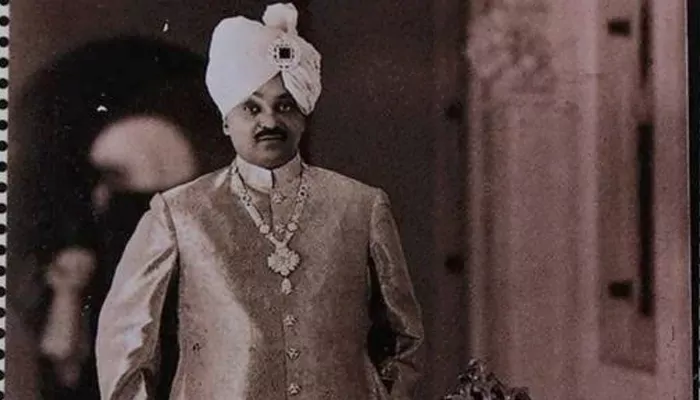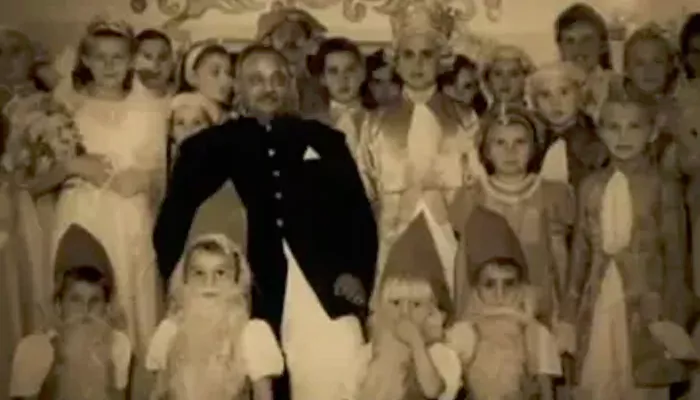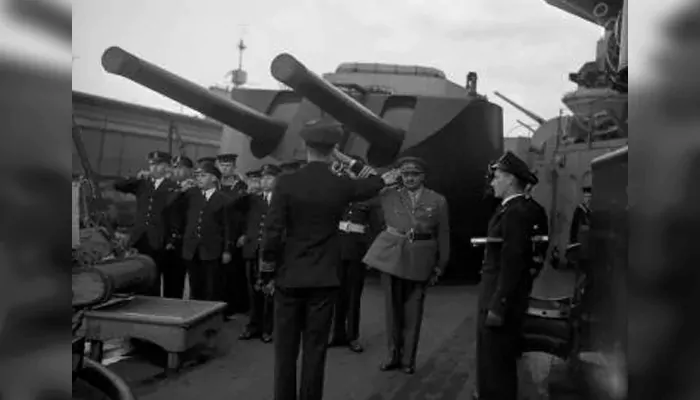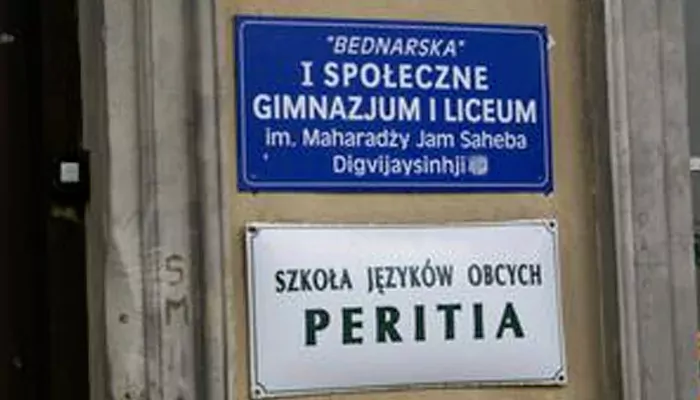
Not all kings wore crowns—some wore military boots and battled Nazis!
Imagine this: a king in a proper military uniform, commanding respect not just in royal courts but on global battlefields. No, this isn't the plot of a Netflix Western period drama—it actually happened! While most royals were busy hosting (or playing) polo matches and sipping sherbets under gilded chandeliers, one Indian Maharaja decided to go on war against Adolf Hitler.
Let’s revisit the time when royal duties extended far beyond palaces and peacocks. This is the incredible story of Maharaja Digvijaysinhji Ranjitsinhji of Nawanagar—the Indian king who stood tall with the Allied Forces and fought against fascism, racism, and tyranny.
Born into the princely state of Nawanagar (in present-day Gujarat), Maharaja Digvijaysinhji was the nephew of the legendary cricketer Jam Saheb Ranjitsinhji. He inherited a deep sense of duty and global outlook from childhood. While many Indian princes were caught in the British Raj's politics (benefits or diplomacy) of privilege, Digvijaysinhji had his eyes set on the bigger picture—freedom, humanity, and justice.
When World War II broke out, he didn’t just send money and blessings for the victims. He put on a military uniform, became a colonel in the British Indian Army, and actively supported the Allied Forces.

(Credit: Wikipedia)
One of the lesser-known (but absolutely heartwarming) chapters of Maharaja’s story is how he rescued around 1,000 Polish children during the war. As Hitler’s troops ravaged Poland, many families were forced into Siberian labor camps under horrific conditions.
In that chaotic timeline, no European country stepped up and it was Maharaja Digvijaysinhji who opened his arms—and his kingdom. He established a special camp in Balachadi, near Jamnagar, where those Polish refugee children were housed. They were even provided education and a new life.
His words still echo in history:
“They are not orphans. They are my children now.”
A royal mic drop moment, isn't it?

(Credit: Wikipedia)
Though Indian troops were already fighting alongside the British, what made Maharaja Digvijaysinhji stand out was his diplomatic boldness. He didn’t just support the war logistically—he openly denounced Hitler and the then Nazi regime, something many royals dared to do publicly.
His palace became a center of resistance, from aiding logistics to coordinating supplies and ensuring Indian troops had required support in foreign lands.
Let me share some quick trivia—because history is more fun when it reads like a gossip column:
The Maharaja’s palace once sheltered over 600 Polish women and children at a time when the British government hesitated to take them in.
In Poland today, there’s one school named after him: Jam Saheb Digvijaysinhji High School—because legacies travel farther than bloodlines.
The stories of Maharaja Digvijaysinhji prove that true leadership isn’t about opulence—it's about meaningful actions in the face of adversity. At a turbulent time when the world was collapsing under hatred, an Indian royal stood up not with a any weapon, but with a sense of global responsibility. While Hitler spread fear, Maharaja Digvijaysinhji spread hope.

(The school in Poland, Credit: Wikipedia)
Ever wondered why haven’t you heard of him before?
Maybe because he didn’t shout about his heroism from the rooftops. Or maybe because stories like his often get overshadowed by the big, loud headlines of war generals and dictators. In an era where royalty is often associated with pageantry, Maharaja Digvijaysinhji broke the stereotype.
So next time someone says India didn’t play any role in World War II, just smile and say:
“Ever heard of the king who fought Hitler?”